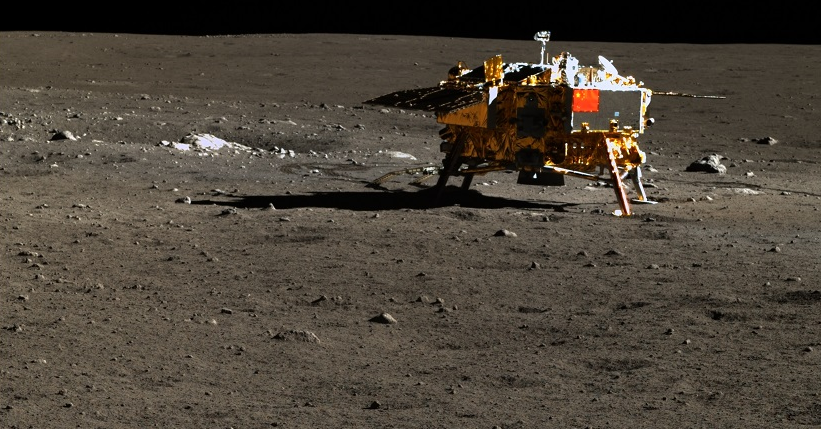Astronomers have achieved a groundbreaking feat by mapping the atmosphere of an exoplanet in three dimensions for the first time, revealing a bizarre and extreme climate unlike anything seen before. The planet, known as WASP-121b or Tylos, is a gas giant so close to its star that its entire orbit lasts just 30 hours. This proximity has allowed scientists to analyze its atmospheric layers with unparalleled precision, uncovering a dynamic system of high-speed winds and temperature extremes.
A World of Fire and Ice
Tylos is tidally locked, meaning the same side always faces its star, experiencing relentless heat, while the other remains in perpetual darkness. However, powerful atmospheric currents transport heat between these regions, creating a dramatic contrast. Scientists believe that on the cooler side, molten metal and minerals may condense and fall as rain, adding to the planet’s surreal conditions.
“This planet’s atmosphere behaves in ways that challenge our understanding of how weather works – not just on Earth, but on all planets. It feels like something out of science fiction,” lead author Julia Victoria Seidel, a researcher at the European Southern Observatory (ESO) in Chile, said in a statement.
Supersonic Winds and Jet Streams
By using the ESPRESSO instrument on the Very Large Telescope, researchers discovered a multi-layered atmospheric system:
- Lower Atmosphere: Winds rich in iron flow away from the star-facing side towards the planet’s cooler regions.
- Mid-Level Jet Stream: A high-speed current of sodium encircles the planet faster than its rotation.
- Upper Atmosphere: Hydrogen escapes into space, interacting with the sodium layer below.
“What we found was surprising: a jet stream rotates material around the planet’s equator, while a separate flow at lower levels of the atmosphere moves gas from the hot side to the cooler side. This kind of climate has never been seen before on any planet,” added Seidel, who is also a researcher at the Lagrange Laboratory, part of the Observatoire de la Côte d’Azur, in France.
The jet stream, spanning half the planet, violently disturbs the upper atmosphere as it moves, creating turbulence beyond anything in our solar system.
In addition to hydrogen, sodium, and iron, the researchers detected titanium buried deep within the planet’s atmosphere, possibly concealed by other elements in previous observations.
With the upcoming Extremely Large Telescope, astronomers hope to extend these atmospheric studies to smaller, rocky worlds, potentially bringing them closer to understanding alien climates—and even the conditions necessary for life beyond Earth.











